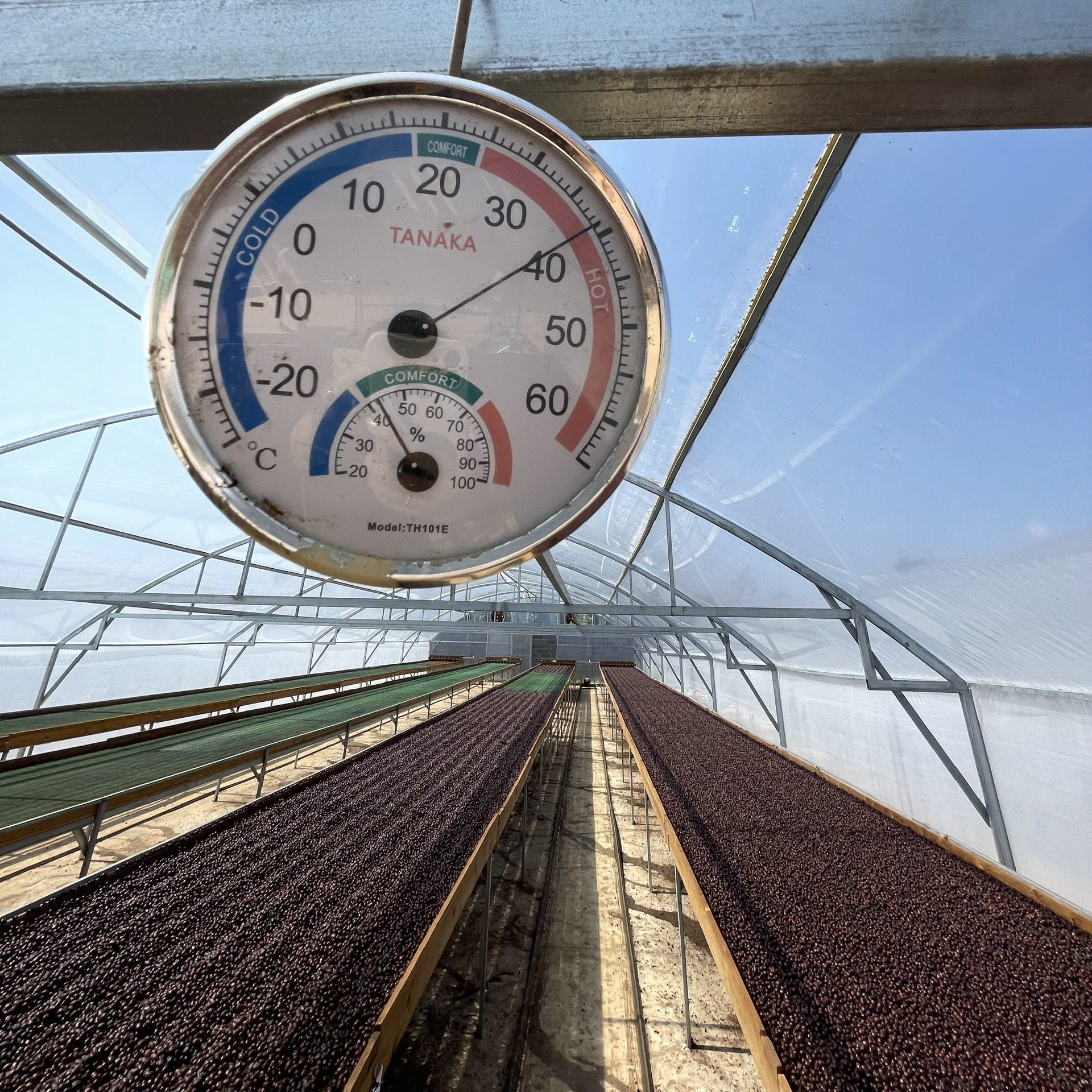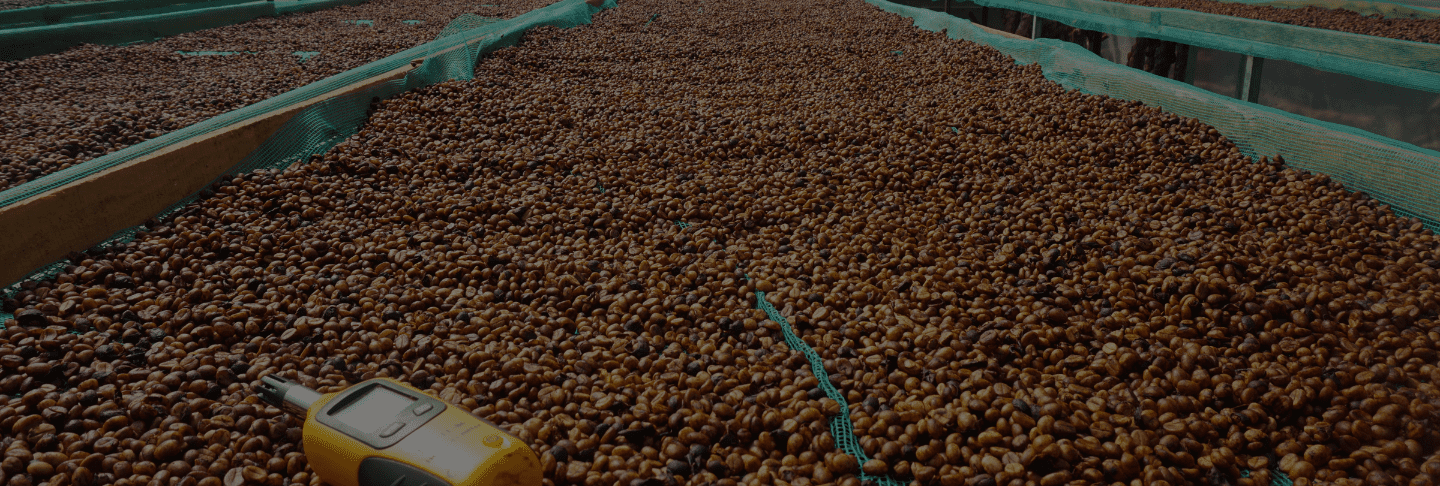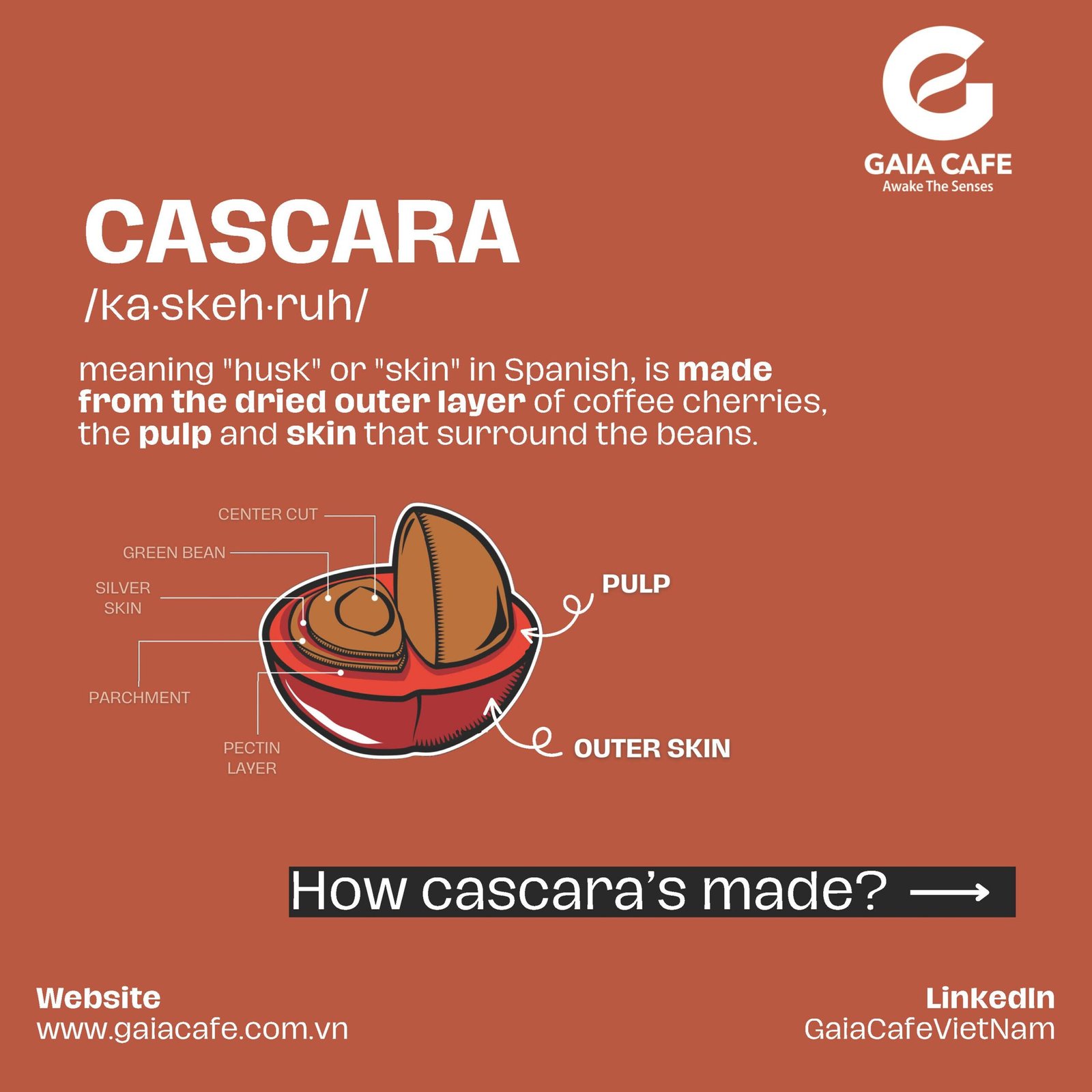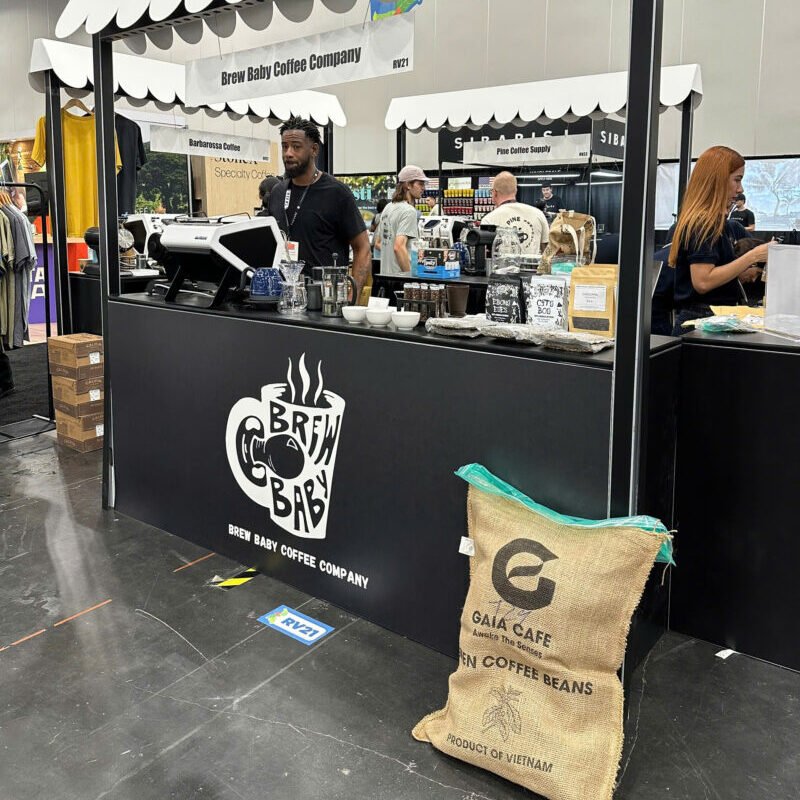
Honey Coffee Process – Part 3. Fermentation
Fermentation
Fermentation is Mentioned a Lot. What is Its Relation to Coffee Processing?
The word “fermentation” may sound unappealing but it has been around since the beginning of time (not really, but you know what I mean). A plethora of food and beverages you encounter every day come from some sort of fermenting process – pickles, wine, beer, cheese, yogurt, kimchi, miso… I can go on and on. It is simply the name for a metabolic process that “[…] turns sugars into acids, gases, or alcohol. It is often used broadly to describe the growth of microorganisms.”[6]
Coffee cherry is basically a type of fruit containing various sugars, minerals and organic compounds, especially in its mucilage, so when we process these cherries, we essentially involve them in the fermentation process one way or another.

Fermentation is crucial to coffee processing because it dramatically affects the final beverage, for better or for worse. A minute alteration of one of the following variables – time, heat, sugar content, humidity and the presence or absence of certain bacteria – will have a significant impact on the tastes. Think about the differences in sugar content, time and temperature between white honey and black honey, and how the end results widely differ, then you will understand the relation between fermentation and coffee processing.

As I mentioned above, the influence of fermentation on final taste can swing both ways – like Galileo’s pendulum.
With good fermentation, you can make the nuances of coffee more, let’s say, evident, so you can have a coffee with a fruitier flavor, you can have a coffee with a more winey flavor,
said Rodrigo Ferreira Rodrigues, the Industrial Director of Ipanema Coffees. On the other hand, if the fermentation process is not properly controlled, undesirable flavors will appear in the cup; for instance, in the case of over-fermentation, Rodrigo describes these tastes as a “rotten, even vinegary taste” like that of “rotten fruit”.[7]
This highly intensive fermentation process (yet rewarding) of the coffee beans can be done mainly in two ways – fermenting inside the cherries, as in natural or black honey process, or fermenting inside a flotation tank with added priming agents such as enzymes.
In-Cherry Fermentation
The first method is more traditional and less costly; however, it is much more difficult to control and achieve flavor consistency across the entire processing batch, due to different sugar content inside each individual cherry. There also exists a higher risk of over-fermentation if one small part of the batch is not dried properly.
Figure 12. In-cherry fermentation. Photo credit: Gaia Café
In-Tank Fermentation
The second method involves putting pulped and partially demucilaged cherries into a water tank, then adding a specific enzyme or beneficial fungus inside that tank, letting it sit for a few hours or a few days depending on the producers. This way, the entire processing batch will achieve the same degree of fermentation consistency and there will be less risk of uneven and over-fermentation.
It is a new experimental method, though; not yet widely adopted around major coffee growing regions because it requires the producers to possess an in-depth knowledge of biotechnology in agricultural applications.
Figure 13. In-tank fermentation with priming agent. Photo credit: El Vergel Estate.
In recent years, experimental processing methods which leverage the power of fermentation (such as anaerobic fermentation and carbonic maceration) have become increasingly common. […] One of the newest emerging trends in processing is using something called “koji mold” as a unique priming agent during the fermentation stage.[8]
You can read more about this fascinating new method via the link provided in the footnote, as I have nothing more of value to add here.
In Vietnam, in addition to honey process and anaerobic fermentation through which our Fine Robusta beans are produced, we at Gaia Café are also adding a specific type of fungus as priming agent into the fermentation tank and let it stew like gumbo for a couple of hours, before spreading the beans out on screen for drying.
The fungus name shall remain nameless for now. And I hope as we continue experimenting with this new process, I will be able to provide more insights in the future.

End of Part 3. To be continued.

References:
[6] Colonna-Dashwood, M. (2017, October 3). Coffee Dictionary: An AZ of coffee, from growing & roasting to brewing & tasting (01 ed.). Chronicle Books.
[7] Petrich, I. L. (2022, March 8). Coffee Processing: Exploring Naturals, Pulped Naturals, & Honeys. Perfect Daily Grind. Retrieved September 16, 2022, from https://perfectdailygrind.com/2019/11/coffee-processing-exploring-naturals-pulped-naturals-honeys/
[8] Vittitow, D. (2022, April 5). What is koji fermented coffee? Perfect Daily Grind. Retrieved September 16, 2022, from https://perfectdailygrind.com/2022/03/what-is-koji-fermented-coffee/
Please kindly remember to credit us, the diligent writers at Gaia Café, when you use our materials in your writing or for your research.






